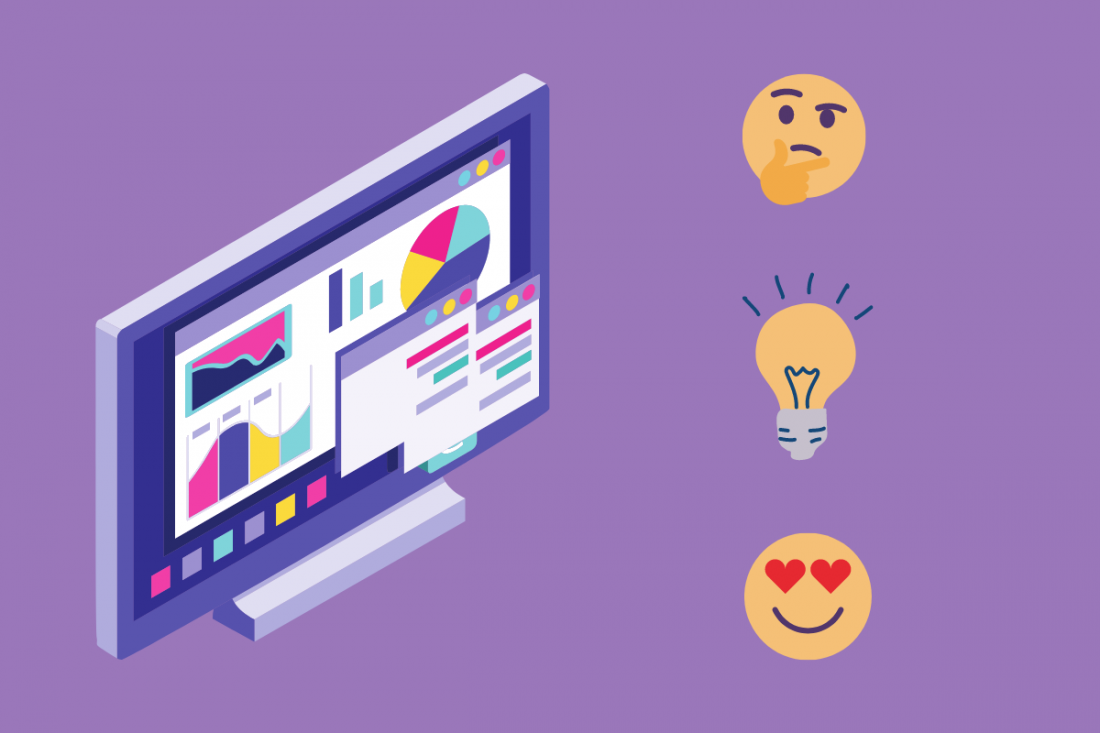Freemium models are one of the most popular tactics for product-led growth because they give a taste of the value the user can have. It can be very effective for getting new customers. So how do you make freemium models work for your product? Let's get into it.
The freemium model is a great strategy to convince new users to switch to the premium version of your product.
The freemium model is not for everyone. There are specific factors that make your product more fit or unfit for the freemium model.
You have to strategic with which parts you offer in the free version such as 'aha' moments in order to maximize your freemium conversion rate.
We outline six different strategies for getting more paid users. Read on to find out!
What is a freemium model?
A freemium model is where you can let your users sample all the value they’re going to achieve with your tool and nudge users towards their “aha moment”—the moment where they truly understand why your product is so great and convince users to upgrade for premium services.
“The freemium model is a user acquisition strategy that works with two different tiers, both free and premium. Free users have a ‘taster’ access to a product with limitations, which require payment to ‘unlock’ higher tier features”
Even if you’re not using a freemium model as part of your strategy, you’ll definitely have encountered this model in the wild. For example, the music streaming app Spotify is a freemium household name. They let you sign up and listen to music for free, as long as you endure their ads and by restricting your track skips. The $9.99 a month is worth it to avoid being stuck on Never Gonna Give You Up for three minutes. And if we look at B2B SaaS, you’re probably using a bunch of freemium tools already, think Airtable, Trello, and Slack.
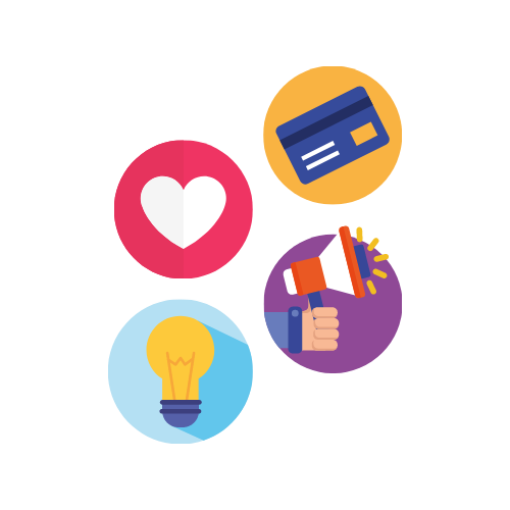
Improving Freemium Conversion: From “Aha” to MRR
We'll email you this on-demand webinar—learn how to encourage free users to become lifelong happy customers.
The difference between freemium and free trials
I've heard before, “Freemium is just a never-ending free trial”. But the strategies couldn’t be more different. With a freemium model, you’ll see a mix of:
Usage limits e.g. Slack restricts conversation history to 10,000 messages
Feature limitations e.g. Trello allows one ‘Power Up’ integration per board
Advertising e.g. Spotify turns off ads for premium users
Cross-selling e.g. iTunes is free to use, but you’ll need to pay for iCloud for more music storage

With free trials, you have a certain time to try out all the basic features a tool offers and see how it fits you. As opposed to freemium models, a free trial is like an all-you-can-eat SaaS buffet. You get to try everything on the table in a set time period—then you decide if you want to stay around for good. And there are three ways in which you can go about doing this.
Let users opt-in to your product. Give calls to action like “Start your 14-day free trial today – no credit card needed!”. There’s a low barrier to entry and high rewards for users. If they’re happy and find value in your product—they can sign-up at the end of the set time period to a pricing plan that suits their need, or get out…
Let users opt-out of payment. The opposite of opting into payment. When you sign up, your card details are on file so when your time is up, you roll onto a paid subscription—even if you forget about your details being on file.
Pay your entrance fee. This is v2 of “opt-out to payment”. It’s not quite “free”, but with this strategy, users pay a few dollars for their trial. This means that your card details are on file and when your time is up, you roll onto a paid subscription. Those users who do sign up are already very qualified, they’re willing to pay to trial your product and make their decision during that timespan. Plus, they don’t want to waste their money by not taking your product for a spin.
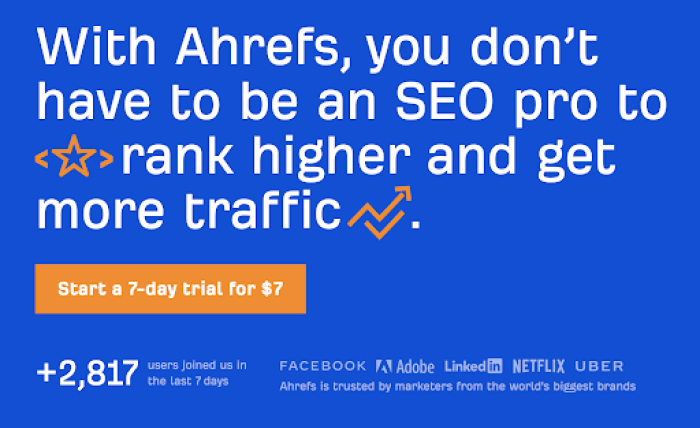
Bonus round: the hybrid model
You don’t have to pick one strategy or the other for your product—the hybrid model is the child of freemium and free trial. The hybrid model works by putting all users on an opt-in free trial to start with. Users can discover all of your features, but with the clock ticking.
With this model, there’s a sense of urgency as users adopt your product. They have VIP access to all features, but those passes will be removed when they go onto the freemium plan.
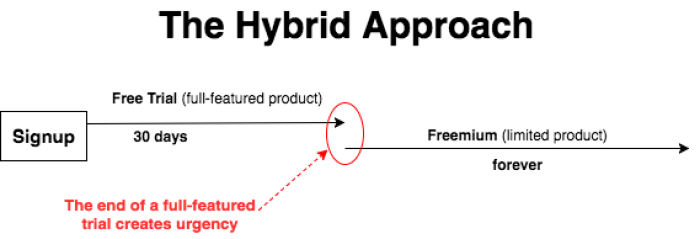
(Source)
By adopting this pricing model, you don’t lose users who just aren’t ready to pay yet. They can continue to find value in your product and benefit from your tool. It’s less restrictive than a free trial too as users don’t lose things they created while they were on a trial, resulting in less user frustration.
Airtable uses this strategy to drive paying customers. When you sign up for their tool, you’re immediately put on the Pro plan, with no limitations. Then when your time’s up on this plan, you’re downgraded to the Free plan. And that’s when you truly realize the benefits of the Pro version you had access to before.
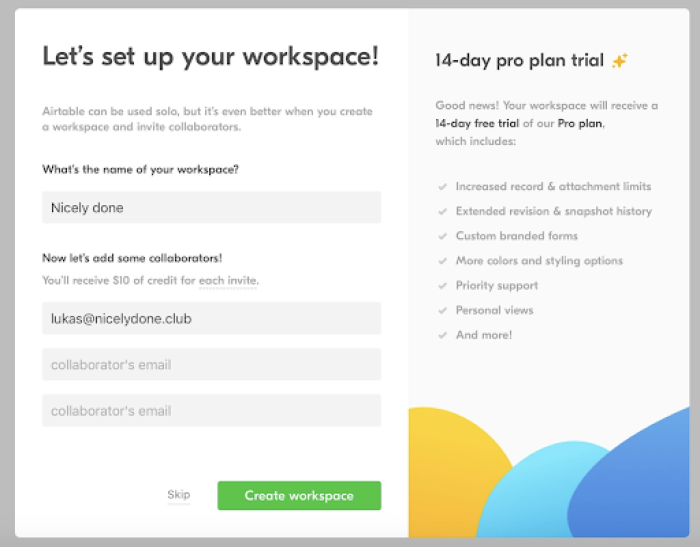
Is the freemium model for everyone?
Despite its effectiveness, the freemium business model isn't for everyone. Plenty of companies will fail in their quest to provide freemium offering that convert users to paid. Here are a few key factors on whether a freemium system works for your business or not.
“You also shouldn’t jump into freemium just because everyone else is doing it. Explore alternatives such as free trials and weigh the pros and cons. Once you make something free, it’s hard to reverse those decisions.”
— Matias Ketonen, Head of Marketing Growth @ Typeform and Co-Founder of joinalliance.eu
✅ Go for the freemium model if you have...
A huge value offering
Your product is better than sliced bread and your user reviews are filled with “I can’t live without [insert your product name]”. At this point, it’s safe to say that you have a high-value product. Users are already paying for your tool, so why not bring more potential customers into the mix by offering free features so that they can discover the benefits.
“Freemium is in general, a better fit for product-led businesses with products that users really love.”
— Matias Ketonen, Head of Marketing Growth @ Typeform and Co-Founder of joinalliance.eu
An easy-to-use tool
If your product doesn’t need training sessions and kick-off calls to get started, then freemium is a great way to get more users onboard. When your strategy is product-led, users can easily adopt your product and be guided to that “aha moment” quickly—keeping them around for longer (more on that later).
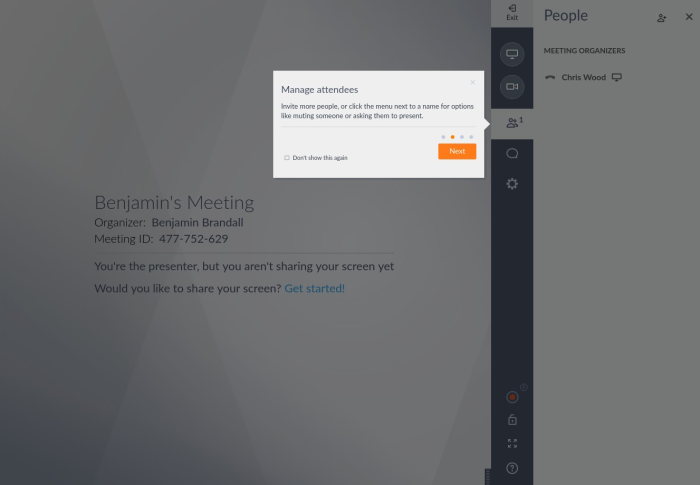
A sticky product
A great tool is like superglue. When users discover essential product features, they find it hard to move to another product. Perhaps your software integrates with other essential tools like Slack or Gmail, and when users are committed to it, the thought of moving to another product would be painful. This means that the thought of paying would be an easy decision for them to make.
Solid retention rates
If your paying customers stick around for the long haul—this is a great indicator of how your freemium journey is going to go. Now, if you have a product with a high-churn rate, then you need to fix that before you consider going freemium—or else users will downgrade their plans soon after paying and stay on the free version for life.

Reduce product cancellations: get the webinar recording and slides
Learn how great products like Zoom and Harvest deflect cancellations 📈
Self-serve support
“Freemium is about making touchless onboarding so good that you don't want to contact a person. It's a lot about having a great knowledge base so that you don't need to contact support. And it's a lot about having a great Resource Hub, so you can go into the Academy and learn for yourself.”
— Kieran Flanagan, VP of Marketing and Growth @ Hubspot
Keeping costs down is vital for your freemium efforts and you can’t invest time and money into holding free users’ hands. Successful freemium companies have a built-out resource center and in-app Launchers, that point users to the right places to find help when needed.
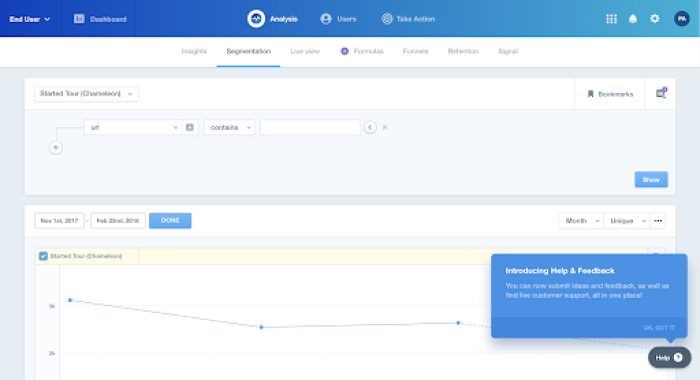
🤔 Think twice about the freemium model if…
You don’t have anywhere to put free users
Like the idea of freemium but have nowhere to put those users? Backtrack away from the freemium strategy. If you’re going out of your way to create a space for free customers—then it’s going to be more effort than sticking to your paid plan strategy.
There’s no loops or virality
If your product is like a theme park with no roller coasters (loopless!), then reconsider the freemium strategy. What makes freemium work so well is how word-of-mouth and referral traffic help it generate a plethora of users. And with more users comes more paid conversions.
Your only goal is enterprise customers
Enterprises generally aren’t looking for freemium products. They want a tool that suits their needs—and adapts to them too. Meaning that a self-service product won’t match their expectations. On top of this, enterprise customers want extensive training, security checks, and have a long journey to payment, which doesn’t tie in well with the freemium self-serve model.
So, what parts of your product should you make free?
The golden question. If you give too much away, users have no need to get their wallet out. But if you’re not giving any value away at all, then what incentive are you really giving users to dive deeper into your product?
“When demand is high for your free product that's a great thing but it might mean your free product is too good and not many people want to upgrade. The key here is a solid packaging and freemium strategy.”
— Pranav Kashyap, Group Product Manager @ Mixpanel
“Aha moments”
The “aha moment” is the point where the lightbulb above your user’s head turns on and they find true value with your product. It’s that moment when things really click and make sense. This moment shouldn’t be gated as you want as many users as possible to realize how great your tool is.
Now, the “aha moment” will differ depending on your industry and you could have multiple moments. Keeping it in the first five minutes of a user’s experience can drive a 50% increase in lifetime value—all the more reason to keep it free in the beginning.
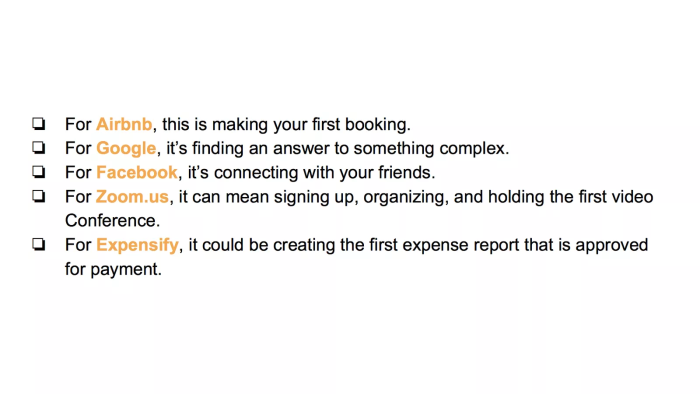
(Source)
Sticky parts
What features does your product have that will make customers stay? Things that would make it difficult to leave and choose a competitor. Successful SaaS companies will have a few features that they know will improve their retention—and encourage users to pay. For example, these sticky parts of the product could be users adding their team to the platform, integrating with their data warehouse, or a daily Slack notification.
Furthermore, these sticky features will encourage users to proceed to cycle through “core loops” of actions. For a product management tool like monday.com, the core loop would look something like this:
Review the team’s daily tasks
Assign jobs for the upcoming week
Update statuses for each task
Remove completed projects and share results
And that loop continues and envelopes more users as the team gets bigger—alongside the MRR.
Growth loops
Keep any parts of your product that boost your viral growth and get you referral traffic free, forever. Why? Well, these growth loops that you create will do all the heavy lifting for you without you needing to invest any money into user acquisition.
At Typeform, when you create a form or survey on their free plan, it will have a little widget on the bottom as well as a Thank You screen at the end, which encourages survey-takers to create their own Typeform.

And those who have just finished the Typeform are likely impressed by the user-flow, and probably in a similar industry as the survey maker. The chances of a handful of people becoming users from each survey sent are high.
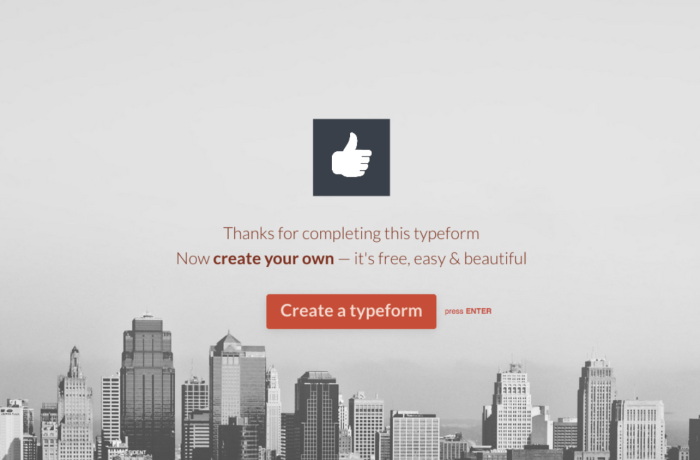
“It helps amplify the inherent virality a form and survey has. The increased brand awareness and loops for generating new signups outweigh the marginal cost per new customer”
— Matias Ketonen, Head of Marketing Growth @ Typeform and Co-Founder of joinalliance.eu
Level up: 6 ways to convert freemium to paid
Now that we know the ins and outs of freemium, let's talk about the real issue here: increasing freemium conversion rates. We'll go over six ways of prompting freemium customers to hop onto a paid version. Here's a hint: it's all about understanding your users' needs.
“You need to start by deeply understanding your users, the job they are hiring your product to solve, as well as their activation journey. If you fly blind, you will likely fail to understand what the key value levers are for your users to upgrade.”
— Matias Ketonen, Head of Marketing Growth @ Typeform and Co-Founder of joinalliance.eu
1. Perfectly crafted onboarding
Imagine walking into a store with no pricing, no assistants, and no display items. You’d be pretty lost. Well, that’s what a product without personalized onboarding feels like. Users need to be guided through freemium products so that they can find those golden “aha moments” as soon as possible. To do this, you can make use of in-app onboarding tours that show users key features which will decrease the time to value.
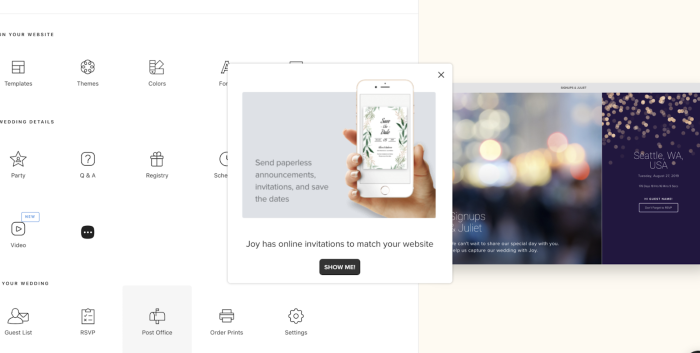
💡 User onboarding is the system of actively guiding users to find new value in your product. Learn the ins and outs in our guide to user onboarding.
2. Well-timed nurturing
As well as onboarding Tours and following onboarding best practices, a well-rounded lifecycle messaging strategy is essential to increase and improve customer retention. Make use of automated email campaigns, website personalization, and social channels for an always-on approach which adapts to your users’ onboarding flows. If you know that certain users haven’t taken key sticky actions, then you can follow up with them and nudge them in the right direction. When the time comes, the user will be more than happy to convert to a premium plan.
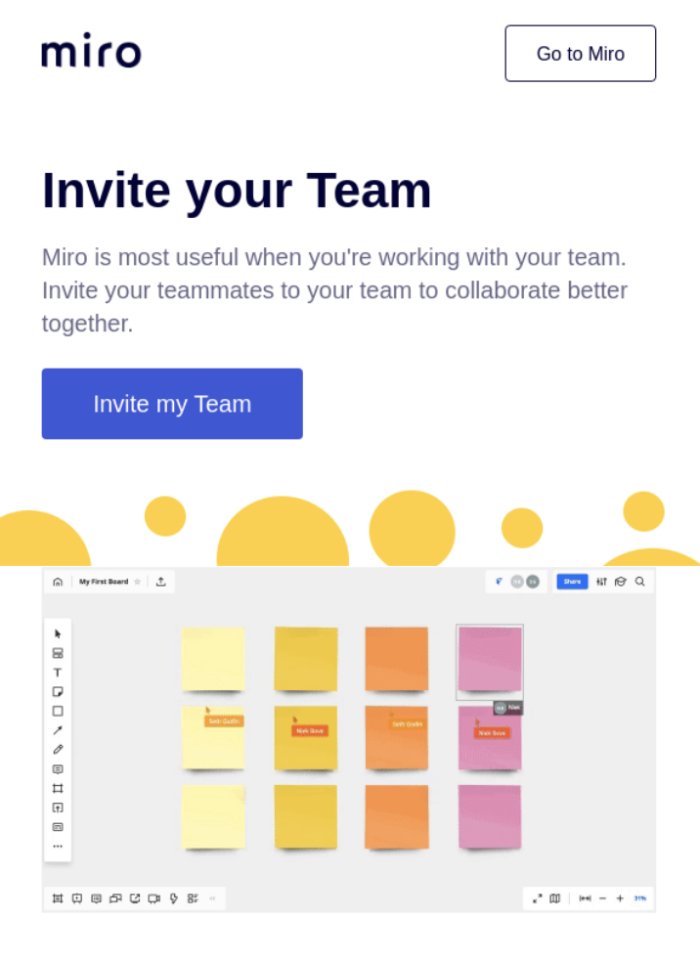
3. Communicating the benefits of a paid account
A happy freemium customer can stay that way forever. However, if you’re communicating the benefits of your paid tiers with them and not hiding them behind closed doors—users are more likely to interact with these paid features.
Take Mixpanel for example. Instead of blocking users from interacting with premium features, they give users a glimpse of the benefits they could experience with a brief upgrade message. As a user, you can interact and learn about the sparkly paid features that await. You can even watch a video to learn more about the feature.
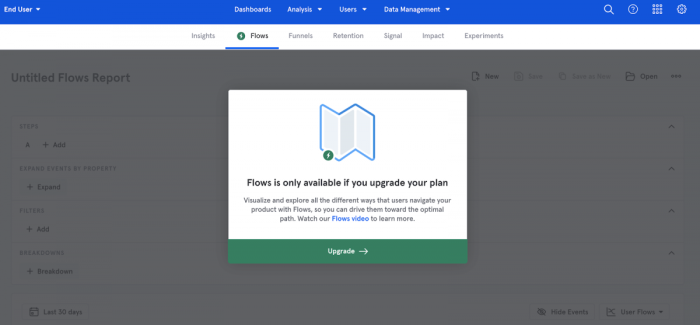
4. Building soft barriers
Following on from showing users the benefits of freemium, for a freemium model to succeed, you need to create soft barriers that encourage freemium users to become paid subscribers. Trello does this well by only allowing one “Power Up” per free Board—knowing that the majority of their users use more than just one tool in their project workflows. And it’s enough to cause reasonable friction in the free user experience—imagine how much more productive you could be with unlimited integrations!

“It's really important to allow users to have ways around your freemium barriers to drive adoption. Look at Zoom, you get 40-minute meetings on a free plan. You can start a new meeting – okay, it’s slightly painful, but customers can still make use of the meetings. Or Slack. You get a 10,000 message history which lets you do the key action: communicate”
— Pranav Kashyap, Group Product Manager @ Mixpanel
5. A sense of urgency
Those users who have taken key actions in your platform will be weighing up the benefits of paying for your tool, and a well-timed push towards becoming a paying customer never goes a miss. Encourage freemium users to start paying by sending them exclusive offers after they have completed certain actions e.g. invited two colleagues and integrated with one app—and be sparing with how often you send these.
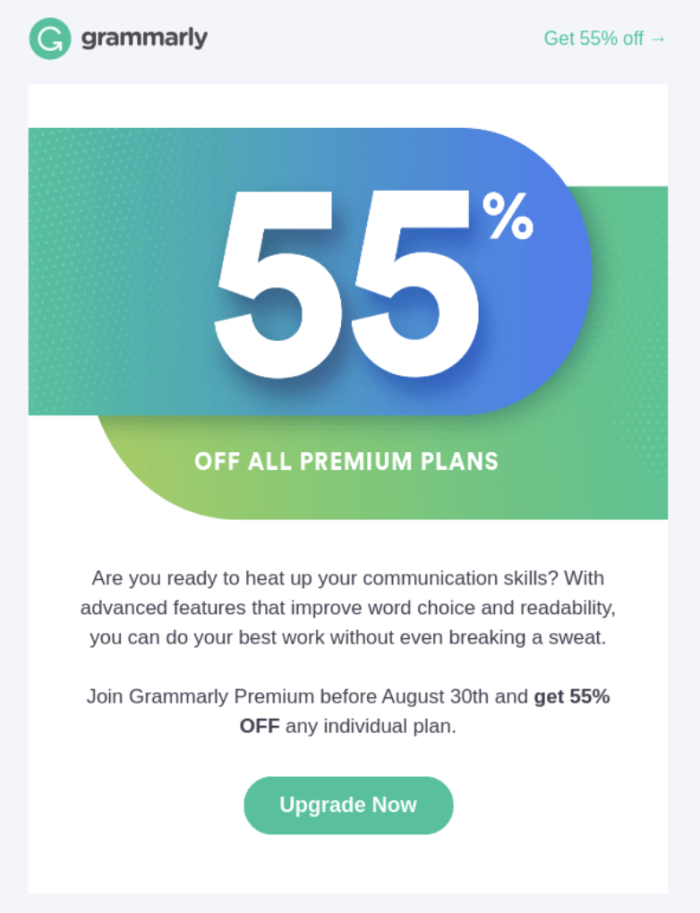
6. Upselling features
Use add-ons to increase users’ lifetime value and help them understand the benefits of your paid plans. This might take the form of allowing users to pay to add teammates to their workspace for a small fee, say $5 a month. It’s a small fee but enables them to taste the value that they’d get from your full product suite—like what Zendesk does.
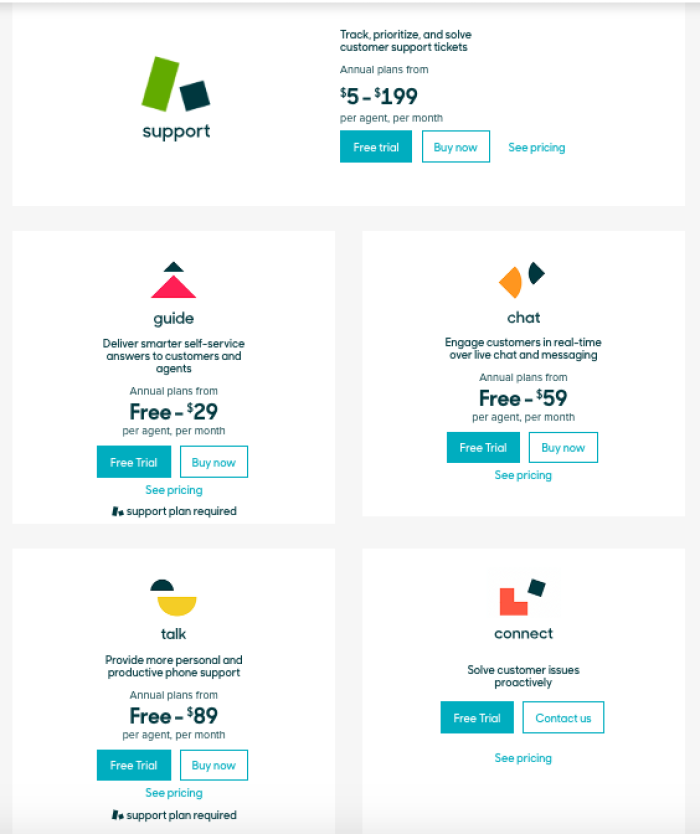
(Source)
It means that users who don’t want to pay for your top plan don’t have to, perhaps they have a smaller team and don’t need the functionality. But it also turns them into a paying customer.
“Add-ons and upsells are super important and a lot of B2B companies aren't using enough of them—and one of the best ways to actually get more revenue is just take those existing customers who love you and get them to basically buy more. A traditional upsell is priority support, and that doesn't mean you can't give everyone else great support.”
— Patrick Campbell, Founder and CEO @ ProfitWell
How to know the freemium model isn’t working
Like that Google search on freemium showed, there’s a lot of doubts around freemium. And that comes from freemium not working for everyone. Freemium failings come from companies that used freemium as a revenue platform instead of an acquisition strategy.
“A lot of people don't realize that freemium is an acquisition model. It's not a revenue model. What ends up happening is you will have a freemium product that just gives you a lot of noise and your false-positive ratio juice increases. You’ll just have this big wall of noise coming in and you won’t know what to do next”
— Patrick Campbell, Founder and CEO @ ProfitWell
Some telltale signs that freemium isn’t working for you are:
A lower than 1% freemium conversion rate
Referral traffic is a near-zero figure
High churn rates of paid customers (they didn’t see the value in the leap from free)
Negative NPS Microsurvey results
Spending more money on acquisition than lifetime value
Other products providing extremely similar solutions with more freemium features
“Your freemium product needs to be a better version of the paid competition”
— Patrick Campbell, Founder and CEO @ ProfitWell
How to get to the ideal freemium conversion rate and the highest ROI
The average SaaS freemium conversion rate rocks up at around 1-2%. So, one or two free users in a hundred are going to become your paying customers. But that's the average. Your target conversion rate should always be something above this figure. The question is, what should it be?
To answer this, you need to consider a few things that affect your ROI such as how to reduce customer acquisition costs or boosting lifetime value. There are two core concepts that can really help you with this.
The 3:1 SaaS ratio
Your lifetime value (LTV) to customer acquisition cost (CAC) ratio should be hitting a 3:1 ratio for your SaaS product to grow—freemium or not. Now with freemium, this ratio becomes even more important, as you are spending money to acquire initially free users. You could argue that you’re spending money to acquire free tier users who might’ve been paying users if not for freemium.
Let’s say you’re spending $20 on every free customer you acquire—that’s marketing costs, support dependencies, onboarding all in. Multiply that by 100, then you’re spending $2000 on a cohort of 100 users. So if 2% of these users convert, your CAC comes to $1000 per customer. That means their LTV needs to be $3000 to be really successful. For your freemium model to work, you need to be making use of other free channels e.g. word of mouth, growth loops, virality, to lower that CAC.
Closing the Penny Gap
The Penny Gap is the space between your product being free and being very cheap. And it all comes from the fact that it’s harder to get your free users to cough up one cent than it is to get a long term user to pay an extra $10 on a $100 plan.
Now when a user starts out on your free plan, they could be a great potential customer on paper—they like your brand and product, but where do they go next? Over to Patrick Campbell, Founder and CEO @ ProfitWell to explain how to reduce the Penny Gap in more detail.
3 excellent freemium model examples for your swipe file
With the ins and outs of freemium behind you, it’s time to wrap up and look forward to a successful freemium. To send you on your way, here’s a handful of SaaS companies that perfected their freemium models to generate revenue.
Airtable: credits for freemium users
Before Airtable, I spent my time struggling with Google Sheets. Then to share the data, I’d be constantly sharing links to other tools we used. But Airtable changed that.
"As a freelancer, I loved having the ability to use the full power of Airtable and not have to pay it from my own pocket."
— Matias Ketonen, Head of Marketing Growth @ Typeform and Co-Founder of joinalliance.eu
Airtable’s freemium plan makes use of growth loops to boost its user base. Invitees get Pro features, and users gain credits whenever they invite someone to the platform which they can then cash in for paid plans.

Hotjar: growth loops
A freemium favorite—that didn’t start out with a freemium plan. But with a loyal following of users, Hotjar is now free forever.
“We were creating this big group of fans, people who loved using the product, who would then go on and refer their friends. That’s the kind of network effect, and we found that to be extremely powerful in those early few months when the product was completely free. That’s how we decided that we should go the freemium route.”
— Marc von Brockdorff, Co-founder and Engineering Director @ Hotjar (Full source from Roadmunk here)
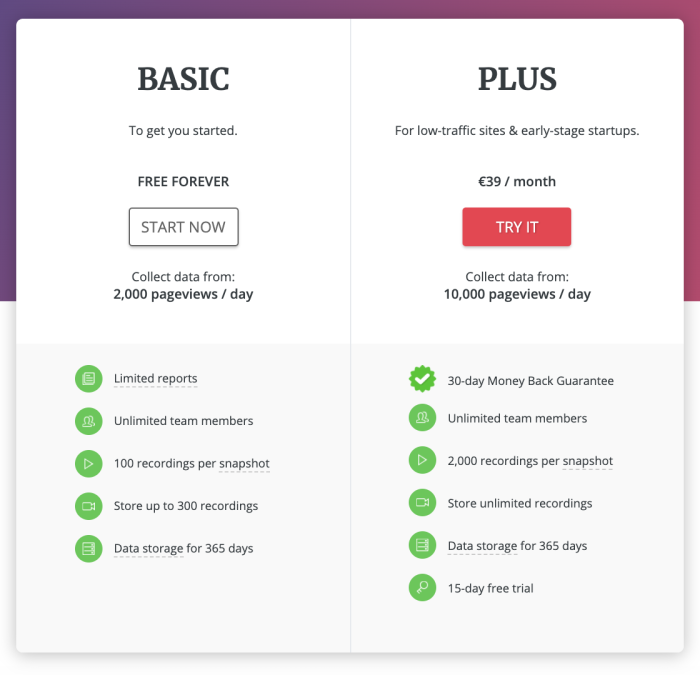
Hotjar’s Basic plan allows smaller teams to get started with their user behavior analytics tools without any limits—any unlocks extensive features on their paid plans as usage grows. Then, there are the growth loops that are built into the product. They gamify the referral process by rewarding their monthly top referrer with a free lifetime membership to the platform and free swag.
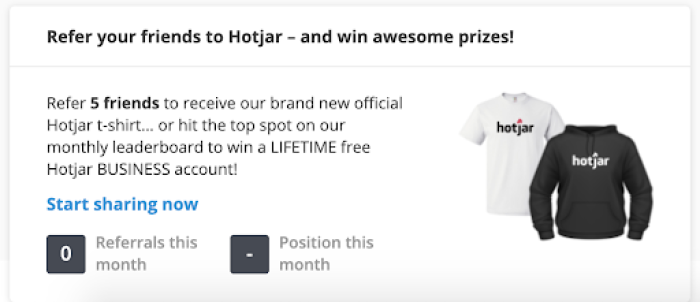
Mixpanel: experimentation experts
Masters of freemium experimentation, Mixpanel has trialed and tested their pricing models to get to the sweet spot they're in now. Initially, they started on a volume-based plan where all features were the same, no matter what plan you were on. They then moved onto an event-based plan with feature variations.
We ran a lot of models trying to compare customer revenues against various pricing metrics. We had considered over 50 different metrics and we were aiming for customer value alignment, predictability, something that is easy to understand and audit. We eventually settled on Monthly Tracked Users since it was easier to explain and understand and we were growing with our customers
— Pranav Kashyap, Group Product Manager @ Mixpanel
By allowing users to get started for free and find value in their product—Mixpanel builds a base of users that grows as their needs expand. By allowing unlimited seats on their free forever plan, their product becomes sticky and engrained with the team.
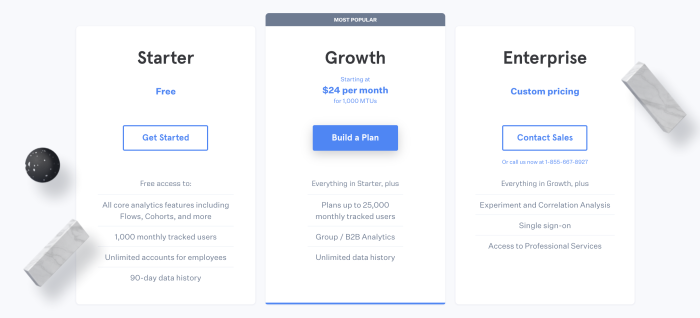
Win more paying customers with the freemium model
At the end of the day, freemium works when you can convince new users with a clear value that turns them into paid users. So don't hesitate to give away value.
Also, make sure to engage your users with in app prompts and messages that remind them of all the things they could have in the premium version. Sometimes, all freemium users need is a little nudge.
Want to raise your freemium conversion rates with great onboarding? Want to remind users with targeted messages how the premium version will provide so much more value? Try Chameleon for free.
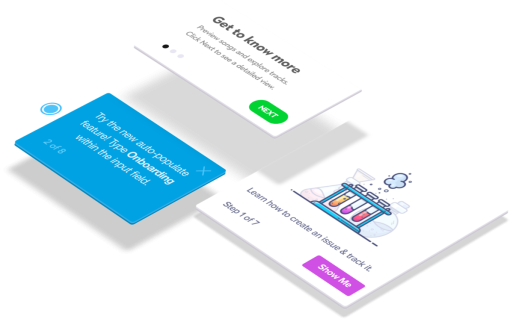
Create in-app experiences that retain and convert users
Chameleon makes it easy for product marketers to create tooltips, modals, and product tours without code

